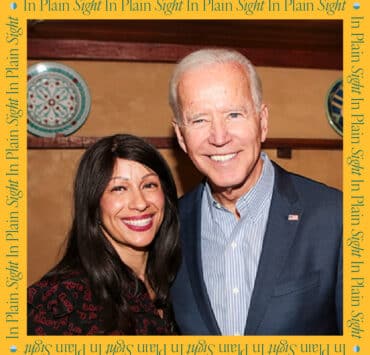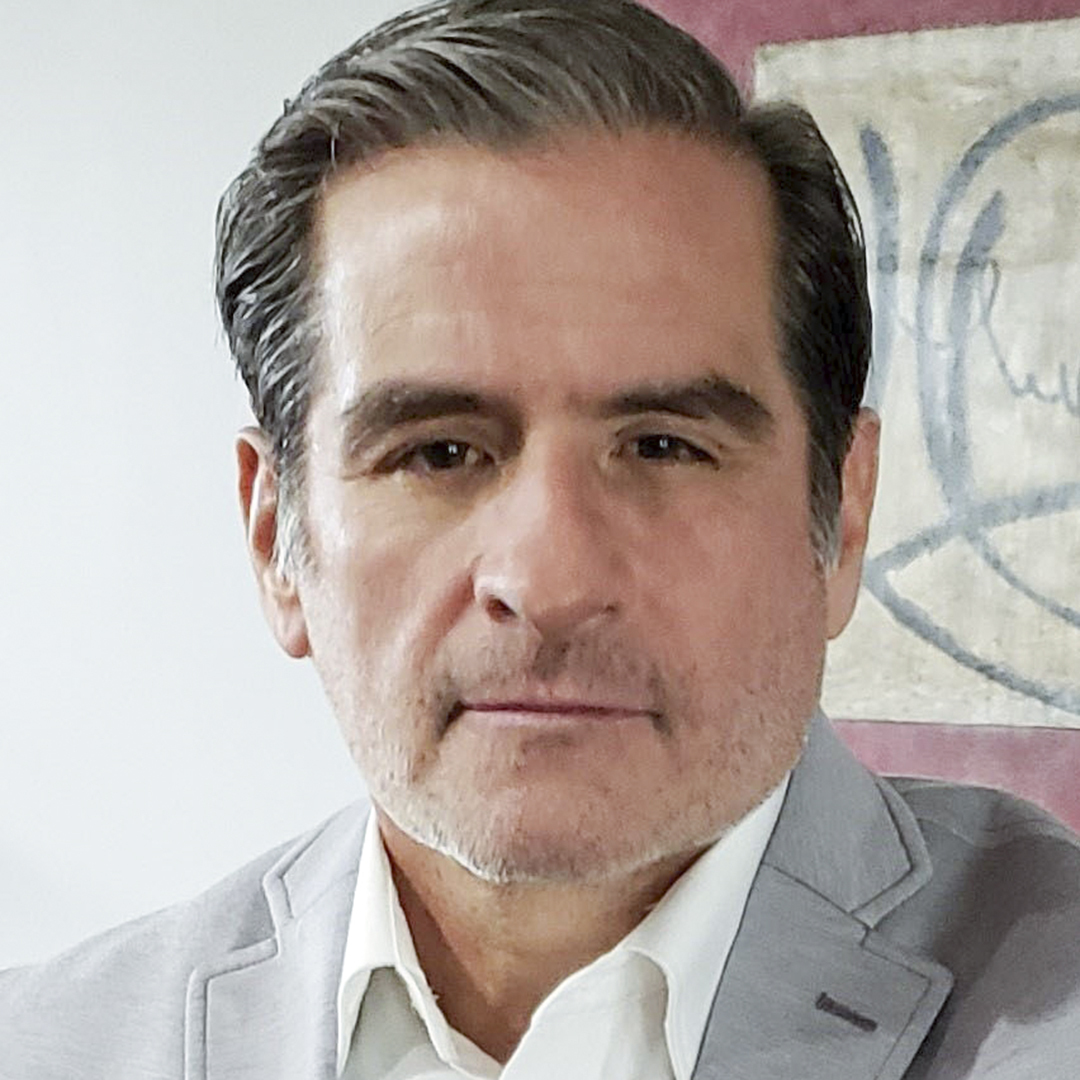|
Getting your Trinity Audio player ready...
|
Umbrella terms that encompass a wide range of people might work well for some poor census taker who’s crunched for time, but the truth is that there is a wealth of diversity within labels such as “Latino” and “Hispanic”. And the wider world is finally starting to take note.
This was the crux of the conversation between Bank of America Director and Corporate Banker Patricia Pacheco and University of California, Berkeley Professor Dr. G. Cristina Mora. Dr. Mora is also the author of Making Hispanics: How Activists, Bureaucrats, and Media Constructed a New American. In early November, the two discussed the topic of Latinidad as well as the complexities surrounding different Latino identities.
Here are the top takeaways from their discussion:
The Game-Changer: Increased Media Coverage
The 2020 US presidential election and its revelations about voter preferences have put the spotlight on Latinos and made more people in general aware of just how diverse the Latino community really is.
Of course, Latinos have always been aware of that diversity. As Dr. Mora said, “What’s different is that the media suddenly started covering us.”
She noted the significant Latino voter turnout in this year’s election and specifically pointed to Latino voter turnout in key election spots such as Milwaukee and Arizona.
“Our estimates are that 2.1 million more Latinos came out in 2020—the largest number ever—and we came out in really important places,” she emphasized.
The Problem with Umbrellas
Umbrella terms such as “Hispanic” and “Latino” can present certain challenges, including “the dangers of homogenization,” Dr. Mora explained. Putting everyone in the same group, she noted, leads to an “artificial” sense of what Latinidad means.
The truth is that the Latino community is both diverse and dynamic—young Latinos, for example, are pushing back against gender binaries. Moreover, a significant percentage of the Latino community is Afro-Latino, despite the lack of representation of that community in Spanish-language media. All of this signifies a need for more conversation.
“A quarter to 30 percent of us are coming from a different country or from a different generation and have different understandings,” Dr. Mora said. “And we’re growing. Why would our conversations about who we are and what we should call ourselves stop growing, amid so much newness and [so many] new ideas? We have a real opportunity to keep having these types of conversations and [remain] open and amenable to redoing some parts of our picture, redoing some parts of our narrative, in order to better incorporate just how dynamic we are.”
The “L” Word
In addition to her professorial role, Dr. Mora is the codirector of Berkeley’s Institute of Governmental Studies, which oversees California’s Field Poll. The institute did a survey on the frequency of use of terms such as “Latinx,” which revealed that 25 percent of Californians use the term “Latinx” regularly or very often but that they also often use the term “Latino”. Dr. Mora noted that the debate around terms such as “Latinx” shows that Latinos are adaptable when it comes to labels.
“We all know that we can go comfortably through a set of labels, and it doesn’t threaten this idea that Latinidad is real,” she said.
With so many different nationalities and heritages to account for, and now more attention paid to diversity in gender and sexuality, it’s clear that the “Latino” identity will continue to evolve in a variety of ways.
For more insights, watch the full event coverage here and subscribe to Hispanic Executive‘s YouTube channel.

